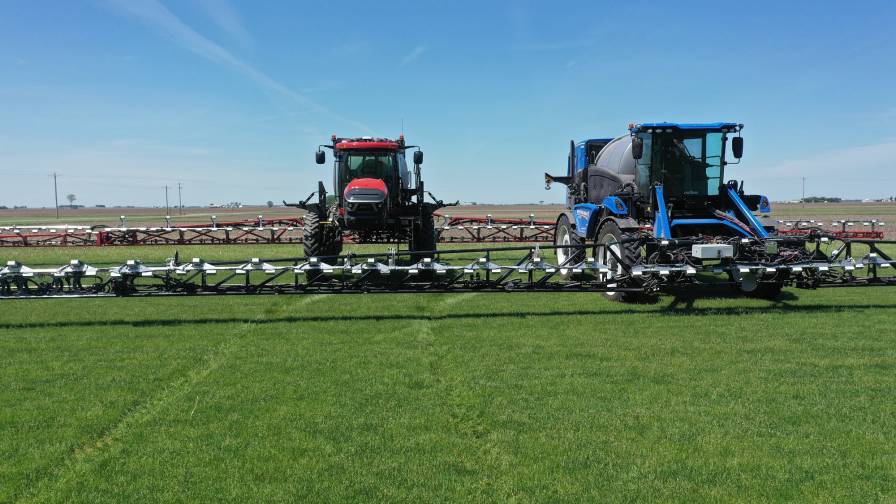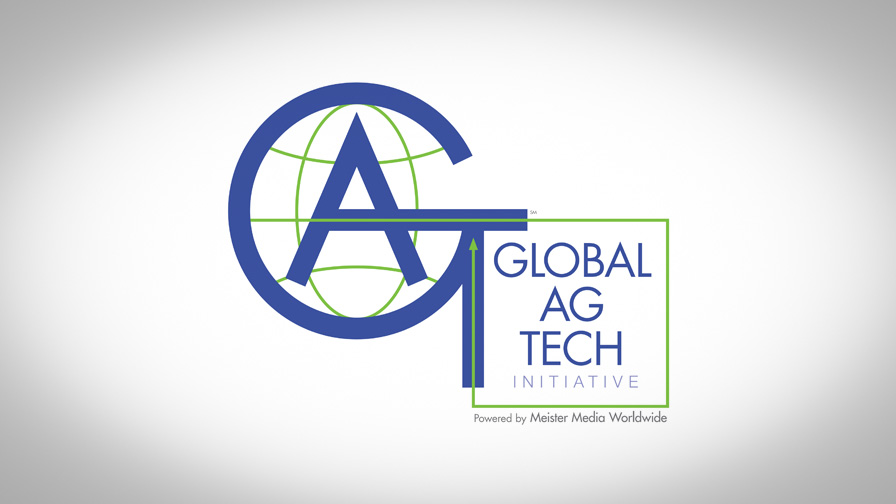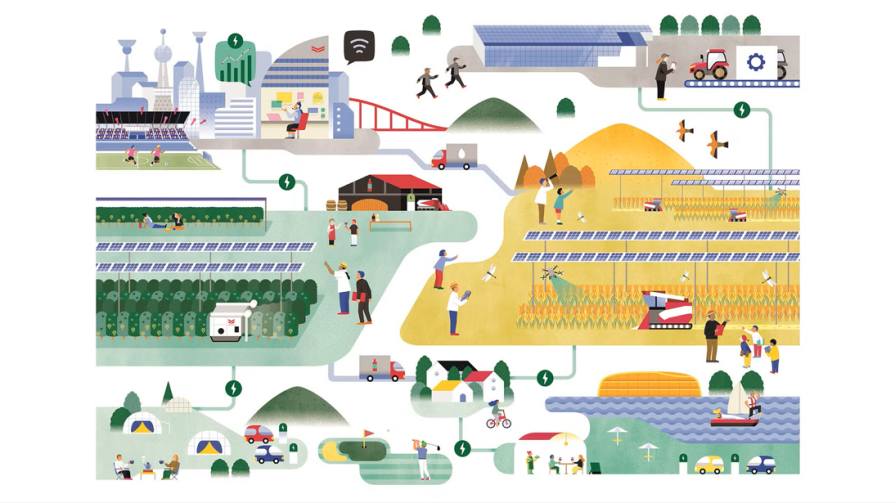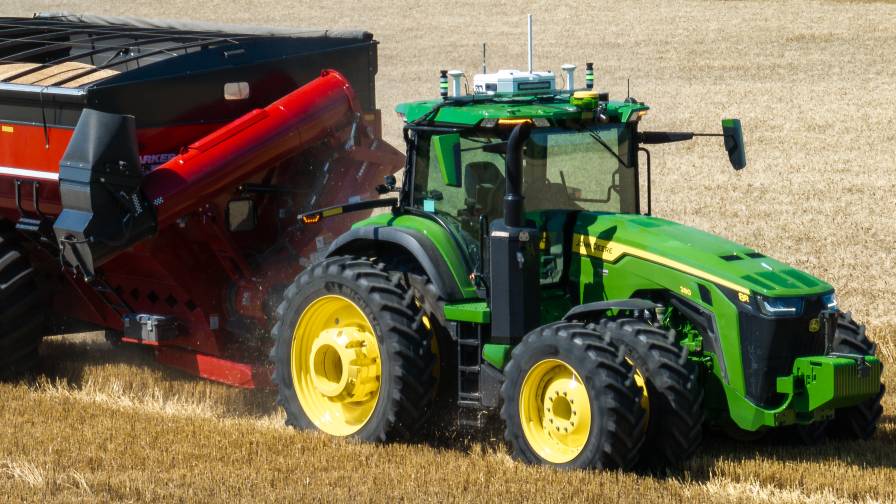The Path to Sustainability Financing in Brazilian Soybeans, Corn and Cotton
Since I participated in COP26, I have been studying the carbon market and regenerative agriculture, and whenever I participate in agricultural finance events, at the end I raise my hand and ask bank and fund managers, what will ESG financing be like? Many times the response here in Brazil has always been to sit on the fence and say that they are still studying this possibility. However, some initiatives already work and need to be disseminated.
In Brazil, several initiatives and certifications have been established to promote more sustainable and responsible agricultural practices. Among these initiatives, RTRS, BCI, ABR, the greenhouse gas inventory and ISO standards stand out. Let’s explore each of them and understand their role in promoting more sustainable agriculture.
RTRS (Round Table on Responsible Soy) is an organization that promotes responsible soy production. Created in 2006, RTRS developed a set of criteria and indicators to ensure that soy production is environmentally correct, socially fair and economically viable.
The benefits of RTRS certification include improving agricultural practices, reducing deforestation, protecting the rights of workers and local communities, as well as access to markets that value certified products. To obtain certification, producers must comply with strict environmental and social criteria, being periodically audited by independent entities.
MORE BY MAURICIO NICOCELLI NETTO
How a Digital Platform Is Creating Transparency with Brazilian Harvest Data and Bringing Security to Investors
Brazilian Agtech Startup Brings Aerial Application Management Platform to North American Market
In Brazil, there are more than 1.8 million hectares certified by RTRS. In the state of Mato Grosso, which is the largest soybean producer in the country, approximately 600,000 hectares are certified by RTRS, covering more than 60 farms. These certifications help ensure that soy produced in the region meets international sustainability standards.
 Farmers with this certification can receive US$1.00 to $2.00 per ton of soybeans sold with some ex ADM trades, and have discounts when purchasing agricultural equipment from AGCO finance.
Farmers with this certification can receive US$1.00 to $2.00 per ton of soybeans sold with some ex ADM trades, and have discounts when purchasing agricultural equipment from AGCO finance.
As for cotton, the Better Cotton Initiative (BCI) and Responsible Brazilian Cotton (ABR) are two important initiatives aimed at sustainability in cotton production.
The BCI was created to improve cotton production around the world, making it better for producers, better for the environment and better for the future of the sector. Benefits include reduced use of water and chemicals, improved working conditions and increased production efficiency. To become a Better Cotton producer, it is necessary to adhere to BCI principles and criteria, participating in training and implementing sustainable practices.
The ABR, in turn, is a national program that seeks to align Brazilian cotton production with international sustainability standards. In addition to promoting good agricultural practices, ABR focuses on the social and environmental responsibility of producers. ABR certification facilitates access to demanding markets and improves the image of Brazilian cotton abroad. Interested producers must follow the program’s protocols and undergo periodic audits.
In Brazil, around 80% of cotton production is certified by BCI and ABR, with more than 150,000 hectares certified. Mato Grosso is one of the leading states in sustainable cotton production, with thousands of certified hectares and numerous farms that adhere to BCI and ABR standards.
Another interesting initiative that some companies have been taking is the greenhouse gas inventory, which is an essential tool for environmental management, allowing companies to identify and quantify their emissions. For the agricultural sector, this means mapping emissions from various activities, such as fertilizer use, waste burning, and soil management.
Creating a greenhouse gas inventory brings several benefits. These include identifying opportunities to reduce emissions, improve energy efficiency, comply with environmental regulations and improve corporate image. To prepare an inventory, it is necessary to collect detailed data on all sources of emissions, follow internationally recognized methodologies, such as those of the IPCC (Intergovernmental Panel on Climate Change), and often have the support of specialized consultancies.
And for me, the icing on the cake to close the cycle in large properties would be to achieve ISO (International Organization for Standardization), which play a crucial role in standardizing environmental and sustainability management practices. In the agricultural context, some of the most relevant standards include:
- ISO 14001: Focused on environmental management, this standard helps organizations to establish an effective environmental management system, aiming to reduce negative impacts on the environment and continuously improve processes.
- ISO 9001: Aimed at quality management, this standard ensures that operations are efficient and effective, promoting customer satisfaction and continuous improvement.
The benefits of ISO certifications include improved operational efficiency, reduced costs, better compliance with legal and regulatory requirements, increased customer satisfaction and access to new markets. To obtain certification, companies must implement a management system that meets the standard’s requirements, undergo external audits and maintain a continuous improvement process.
Now banks and funds have to know all this, as the parameters have existed for a long time, there is a lack of mobilization and implementation of policies that benefit these farmers who will follow this journey, so Brazil can continue to be a global leader in production. agricultural, aligning economic growth with environmental and social responsibility.










